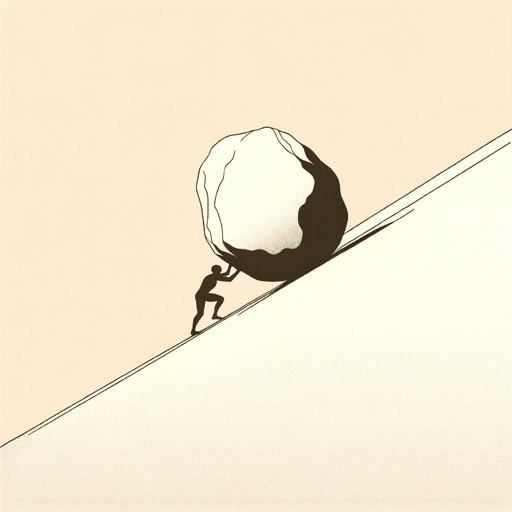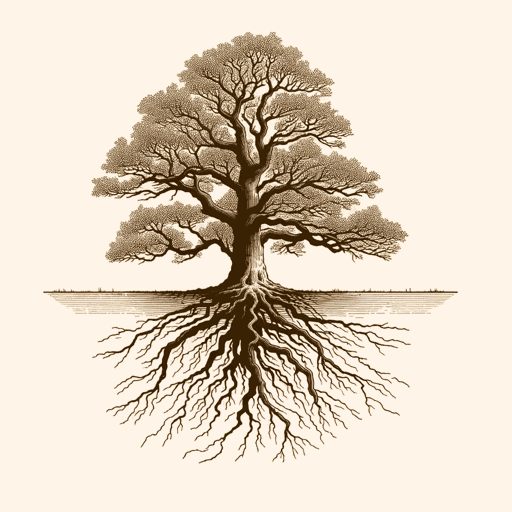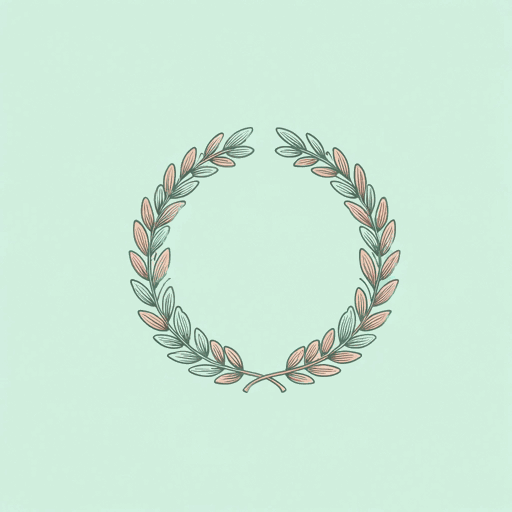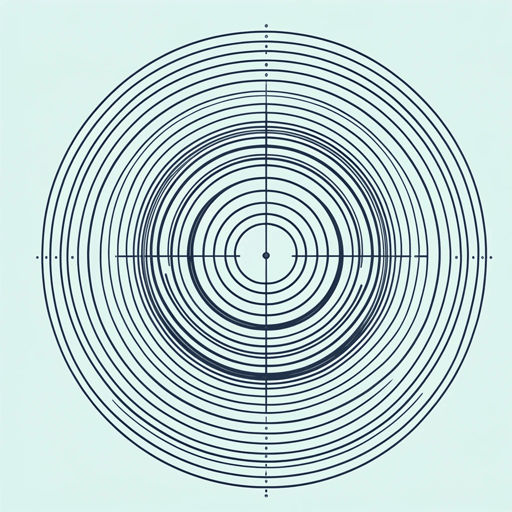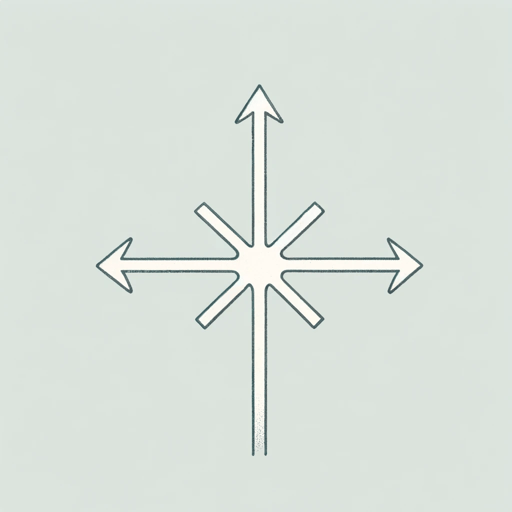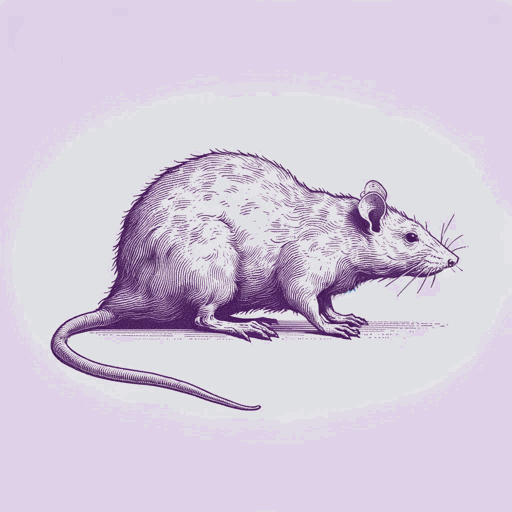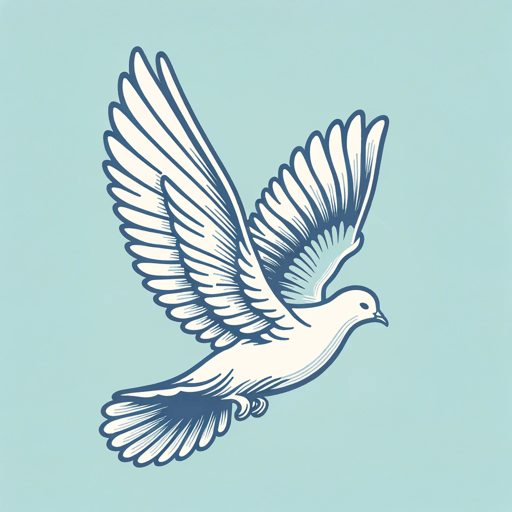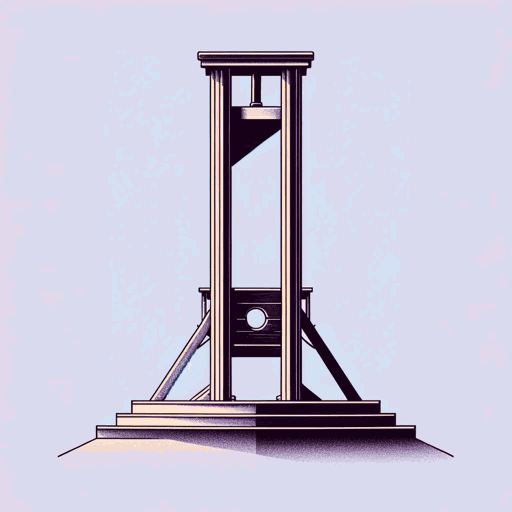47 pages • 1 hour read
Albert CamusThe Myth of Sisyphus
Nonfiction | Essay / Speech | Adult | Published in 1942A modern alternative to SparkNotes and CliffsNotes, SuperSummary offers high-quality Study Guides with detailed chapter summaries and analysis of major themes, characters, and more.
Summary and Study Guide
Overview
One of the monuments of 20th-century philosophy, The Myth of Sisyphus, by Nobel Prize-winning author Albert Camus, delves deeply into the emptiness of life and how to cope with it. Published in France in 1942, during the darkest days of World War II, the book resonated strongly with French readers and soon had a worldwide following. The 2018 edition of the 1955 English translation by Justin O’Brien forms the basis for this study guide.
The book’s premise is that humans yearn deeply for something they can never have: the certainty that life is worthwhile and meaningful. The huge gap between that craving and life’s actual sterility is an absurd condition that can’t be pushed aside but must be faced squarely. The tragic Greek figure Sisyphus—a rebel whom the gods punish by forcing him to push a boulder up a mountain only to watch it fall back down, over and over forever—symbolizes the absurd human condition.
Though he deserves acclaim as a representative of existentialism, a philosophy that grapples with life’s meaninglessness, Camus rejected that term and instead called himself an absurdist. He criticized existentialists for peering into the abyss of life’s emptiness and backing away in fear, believing it better to stare at absurdity unblinkingly and defiantly.
Summary
The Myth of Sisyphus contains five parts, including three extended essays on absurdity, a short piece on Sisyphus as a tragic hero of the meaningless, and an appendix that critiques Franz Kafka’s Existential novels.
Part 1, “An Absurd Reasoning,” posits that there is only one truly important philosophical problem: whether life is worth living. If life is too absurd to matter, one question remains—whether to commit suicide. Some people, despairing life’s futility, kill themselves; others explore the deserts of meaninglessness, trying fully to understand absurdity. This yearning to comprehend life fully, and thereby transcend death, can never be fulfilled; ironically, that is absurdity.
For most thinkers, the pain becomes too great, and they cast off their insights and retreat to the safety of arbitrary beliefs that posit eternal truths. Existential philosophers, whose job is to understand absurdity, are especially prone to this, either by leaping into the arms of God or into arbitrary certainties, or by worshipping absurdity. In these ways, they commit philosophical suicide. It’s better to face absurdity squarely, neither cooperating with it nor pretending it doesn’t exist.
Part 2, “The Absurd Man,” presents three examples of personalities—the Don Juan, the actor, and the conqueror—who learn how to navigate life’s absurdities. The Don Juan loves fully but briefly; he collects as many experiences as possible, knowing his actions violate morality, but preferring his life to one that oppresses both himself and his partner.
Similarly, the actor takes on many roles, concentrating those lives down to their intense highlights and focusing on their tragic, absurd fates. The conqueror or adventurer seeks action, aware of its futility but reveling in its power and thereby acquiring a certain regal dignity.
Artists daily confront the ambiguities of creative work in the face of life’s absurdity. In Part 3, “Absurd Creation,” the greatest fiction writers don’t try to teach their theories of life but simply illustrate them, using characters whose choices bring to life those ideas. If the writer stands firm and protects painful insights without escaping to the refuge of comforting falsehoods, ambiguities balloon, but so do creative possibilities.
Fyodor Dostoevsky’s protagonists confront meaningless unfairness and make decisions in the light of absurdity. For example, his character Kirilov, a successful engineer, decides to kill himself as an example to others, hoping they’ll awaken to the frustrations of society and rebel against them. Ultimately, though, Dostoevsky fails to stand up to life’s emptiness and seeks the comfort of faith in an eternal afterlife.
Part 4, “The Myth of Sisyphus,” describes the archetypal absurd man, Sisyphus, who rebels against the gods and is punished eternally, forced to push a boulder up a mountain, watch it fall back down, and push it up again, over and over for all eternity. Despite his suffering, Sisyphus takes a dark joy in his fate: Daily, he walks back down his hillside of failure with full, defiant awareness, and thus strips the gods of their power over him.
The Appendix, “Hope and the Absurd in the Work of Franz Kafka,” is a critique of Kafka’s novels, especially The Trial and The Castle, in which the protagonists struggle futilely against unfair fates. Kafka’s great strength is his description of ordinary people trapped in impossible situations who meet their destinies with quiet acceptance and without hope of rescue. Sometimes, though, even Kafka tries to find a shred of meaning in his characters’ stories.
A thorough review of how to confront life’s absurd emptiness, The Myth of Sisyphus pulls no punches yet never sinks into despair. It serves as a guidebook to the deserts of meaninglessness through which, sooner or later, every thoughtful person must travel.
Related Titles
By Albert Camus
